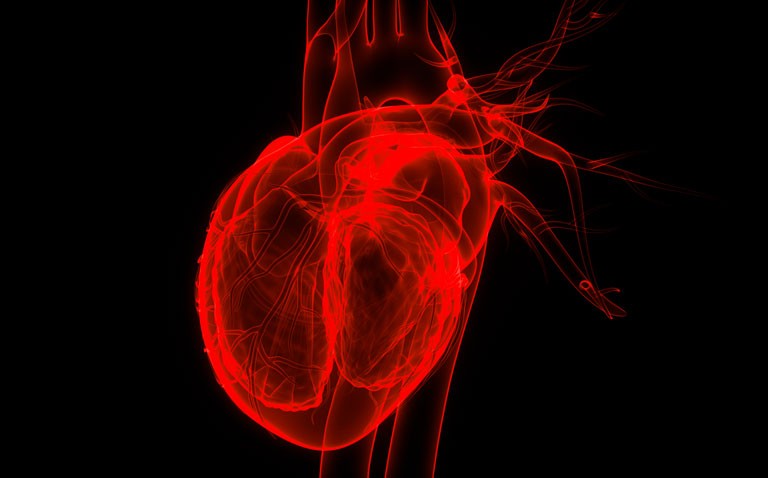Elevated levels of troponin are commonly seen in those hospitalised with COVID-19 but whether this leads to permanent myocardial damage is uncertain.
There are concerns that after an acute infection with COVID-19, many patients will experience adverse and ongoing sequelae which has been termed ‘long COVID’. Although patients with acute COVID-19 report respiratory symptoms, among those hospitalised with severe infection, elevated troponin levels, which is a marker for myocardial injury, have also been seen. But do raised troponin levels upon admission serve as a harbinger for permanent cardiac injury? This was the question posed by a team from the Royal Free Hospital, London, UK who sought to examine any lasting damage in patients discharged from hospital after COVID-19 infection. The team used cardiovascular magnetic resonance (CMR) to assess myocardial injury. This technique is a useful tool to help provide a diagnosis in patients with raised troponin levels but for which the aetiology is unknown. CMR allows for ischaemic assessment and detailed tissue characterisation, including scar formation and oedema. The researchers included patients hospitalised with an acute COVID-19 infection (confirmed by PCR testing or the classic symptom triad). After being discharged, any patients who had an abnormal high-sensitivity troponin (> 14ng/l) upon admission were invited for a CMR scan. Excluded patients were those with severe renal impairment, pregnancy, frailty or if deemed medically unsuitable by the referring clinician. The team also included a historical control group of patients who attended the outpatient clinics, matched for age, gender and co-morbidities but with no clinical suspicion of myocardial injury. For the post-COVID patients, clinical data collected included any ongoing symptoms, medication history, hospital blood test and radiographic imaging obtained while in hospital.
Findings
In total, 148 COVID-recovered patients with a mean age of 64 years (70% male) underwent CMR scans which were performed between 56 and 68 days after discharge. The average left ventricular (LV) function was normal in 89% of post-covid patients, i.e., similar to controls, although LV dysfunction was present in the remaining 17 (11%) patients. CMR revealed evidence of cardiac abnormalities in 80 patients (54%). This comprised myocarditis-like scarring in 39 (26%), infarction or ischaemic changes in 32 (22%) and a dual pathology in the remainder. Among those with evidence of ischaemic changes, 27 (66%) had no prior history of ischaemic heart disease. Moreover, neither admission to hospital or subsequent elevated troponin levels were predictive of myocarditis. Commenting on these findings, the authored noted how among hospitalised patients with COVID-19, over half (54%) had evidence of a CMR abnormality roughly two months post-discharge. Nevertheless, while most acutely ill patients appeared to make a full recovery, for a subset of patients, lasting problems may represent an emerging clinical issue.
Although the authors were unable to determine whether the cardiac changes observed were induced by COVID-19 or simply pre-existing and silent disease, they suggested that follow-up of those patients is warranted to determine whether these changes remain over the longer term.
Citation
Kotecha T et al. Patterns of myocardial injury in recovered troponin-positive COVID-19 patients assessed by cardiovascular magnetic resonance. Eur Heart J 2021 https://doi.org/10.1093/eurheartj/ehab075










